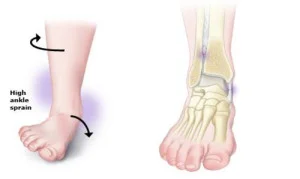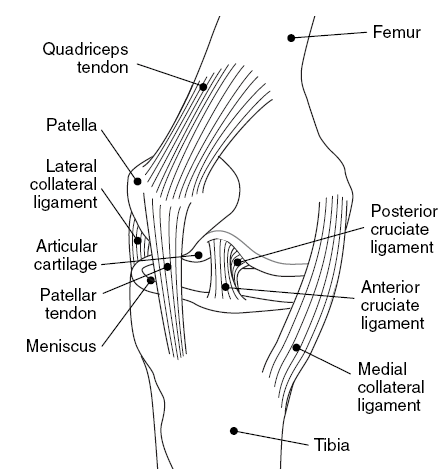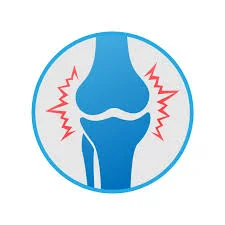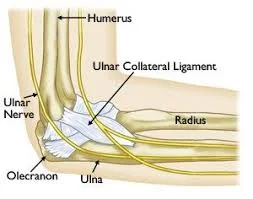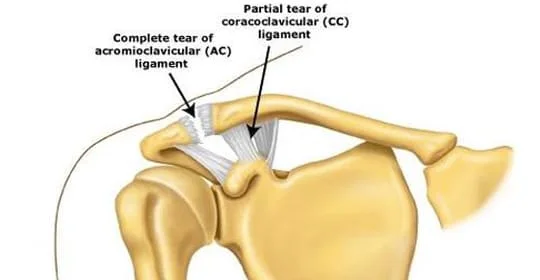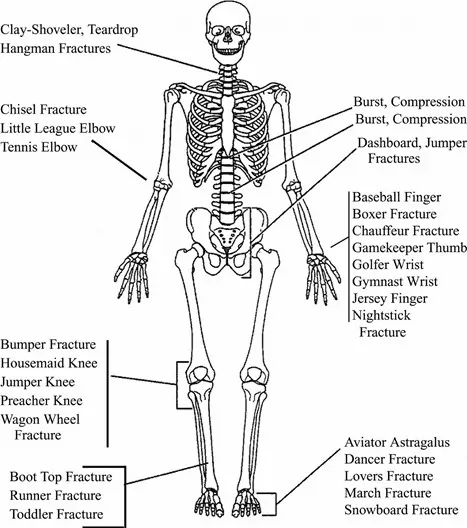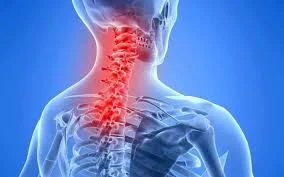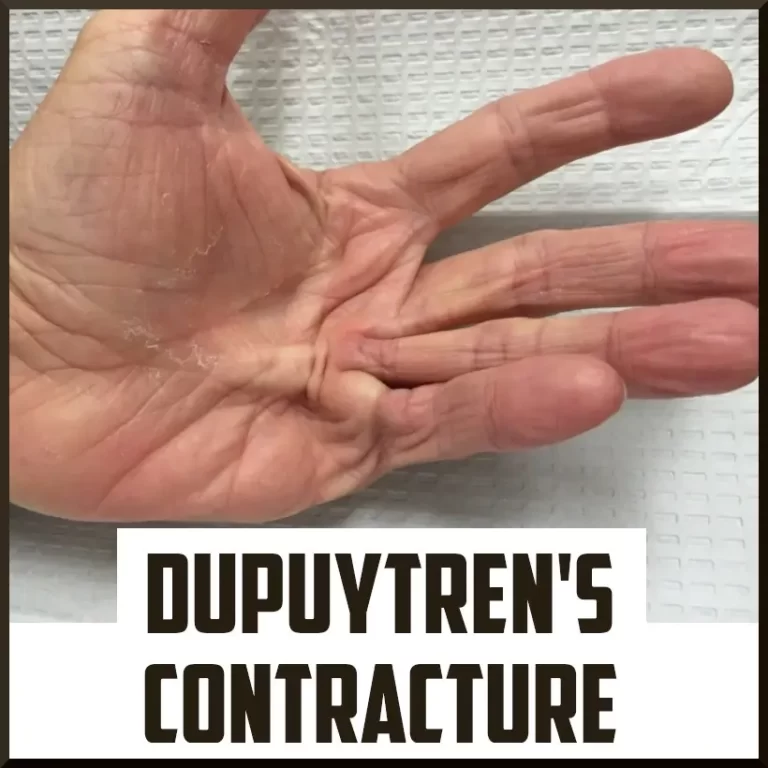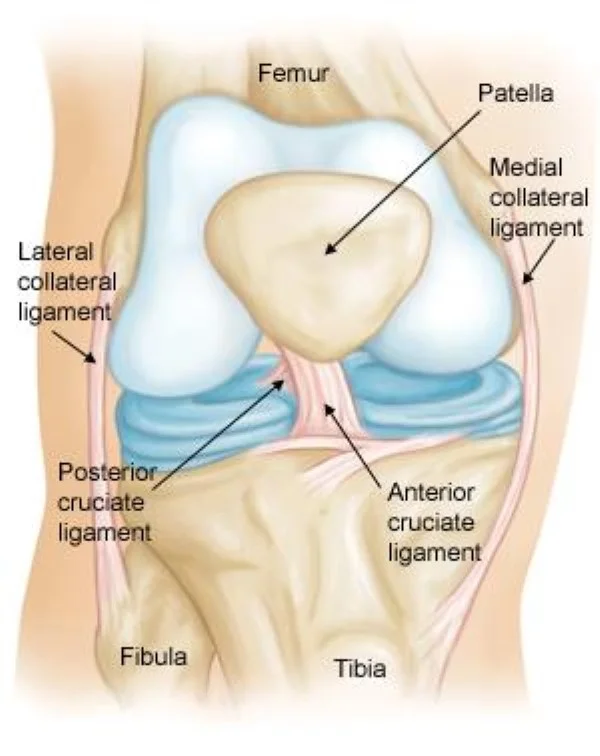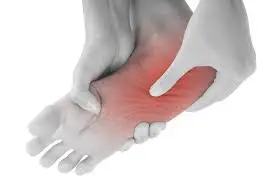High Ankle Sprain
A High Ankle Sprain: What is it? A high ankle sprain is caused by tearing or injuring the high ankle ligaments that connect the tibia and fibula. A sprain occurs when a ligament is stretched beyond its normal limits or ruptured. Sprains come in three levels of severity: These ligaments are called syndesmosis, even though…

